
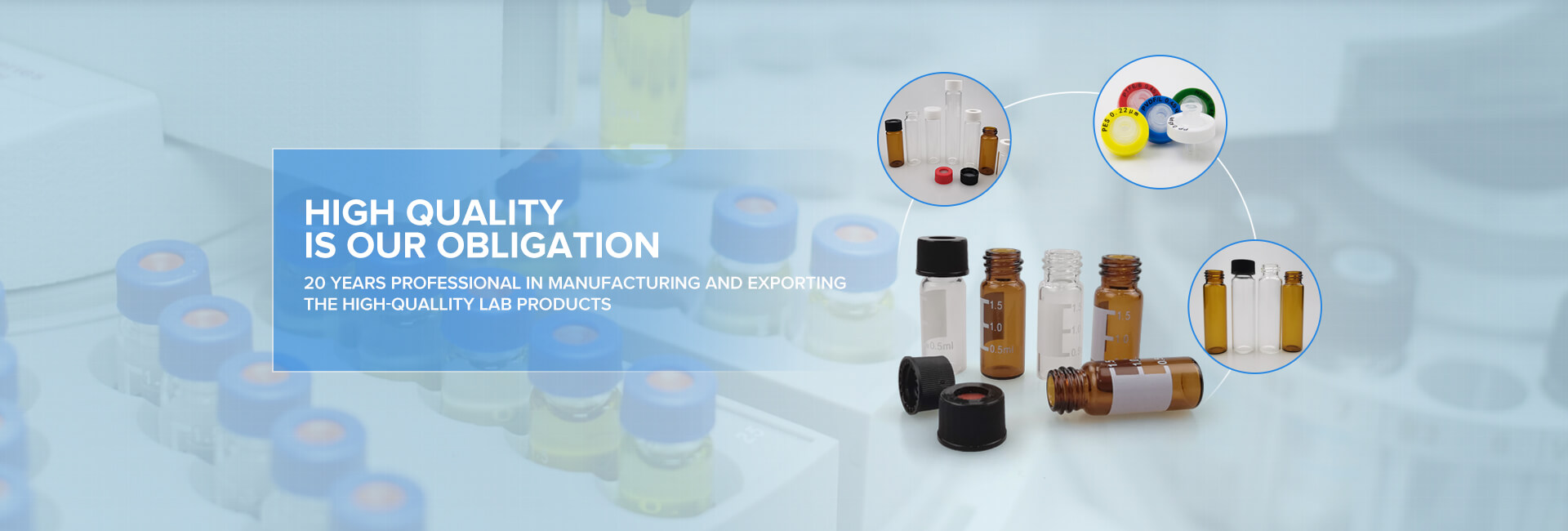

LC/MS Certified Vials are tested by MS scans from 250 to 1000 m/z with specifications set on the total ion count and presence of clusters in the high mass range. These vials are suited for analyte concentrations in the 100’s ng/mL concentration.

Chromatography Vials & Closures Chromatography & Autosampler Vials. Chrom Tech offers a large portfolio of chromatography vials for use with most autosamplers for Mass Spectrometry, GC, and HPLC applications. Vials are available in clear and amber glass, as well as polymeric options. Find limited vial inserts for small volume applications.
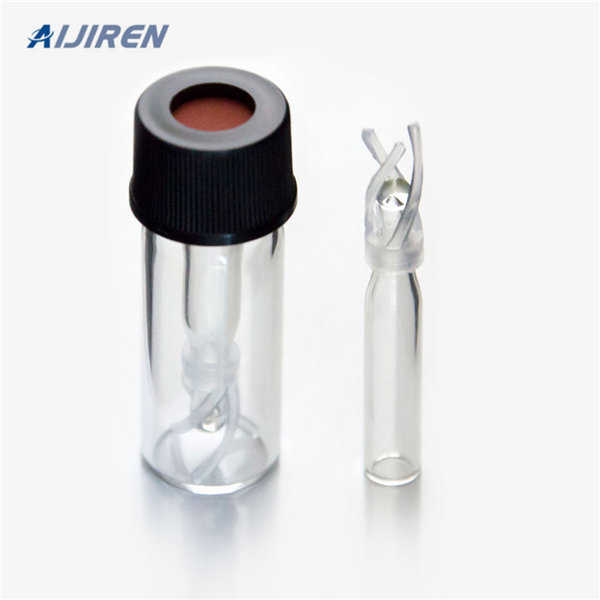
Our autosampler vials and caps are supplied high quality , ensuring that with vials from us will achieve consistent, reliable and reproducible results time after time. Our vials and caps are fully guaranteed to work in your autosampler. We offer a full range of 2ml, 4ml, 10ml, up to 20ml vials and above, including VOA and
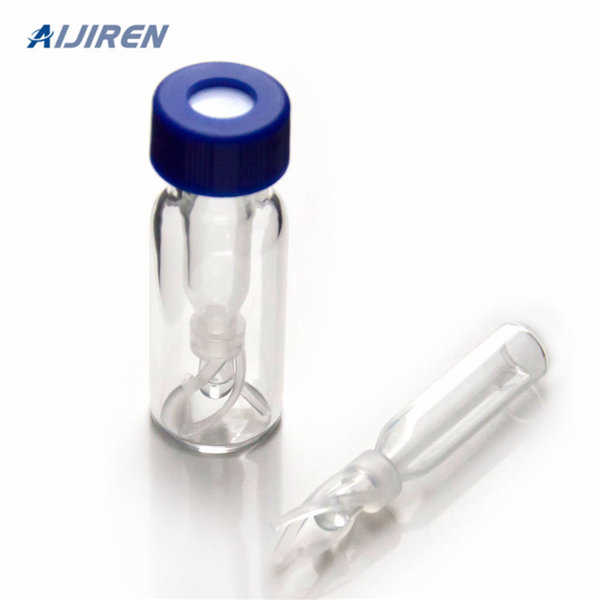
Choose the right vial for your needs . Easy to fill wide neck opening vials requires 6mm diameter micro-Inserts . Identify sample and volume with graduated, write-on patch provided on certain vials . Get maximum sample extraction without need for separate inserts by using Microsampling and High Recovery Vials

Vial, clear, microsampling, wine-glass shape, 12 x 32 screw top, 15 µL at the bottom taper, for small sample volume or high recovery, 100/pk. Vial size: 12 x 32 mm (12 mm cap) Add to Favorites + Create New list

For use with snap caps or aluminum crimp seal closures, these high-quality 11mm amber glass vials are 2mL, 12x32mm and fit most brands of autosamplers. Made of superior quality 51A (Type 1, Class B), they meet all requirements of US, EU, JPN Pharmacopia.

Vials and Closures. Aijiren Vials and Closures by Type; Vials; Crimp Top; Headspace; High Recovery Vials; High Recovery Vials & Inserts; LC Vials and Closures; Micro-V Vials; MS Analyzed Vial Kits; Polypropylene Vials; Screw Top; Snap Top; Storage Caps and Vials; Show all; Quick Order; My Favorites; My Orders; Promotions & Offers
.jpg)
Aijiren vials and closures provide simple ways to boost laboratory productivity and return on investment. Aijiren premium certified vials, closures, high recovery vials, and vial inserts offer industry-leading performance; from the lowest bleed septum materials in our caps to the most inert glass vial materials, we are continuously refining our offerings by addressing small details delivering

cv-5246 cv-5247 cv-5248 convenience packs, kits, bonded closures and ram™ vials, high recovery, 1.5ml and 2.0ml
 hplc vials with micro insert for sale.jpg)
Recovery Glass Vials (2714Q59 and S49) 1.5 mL Vials with 30 µL reservoir For sample concentration and injection without transferring to microvolume inserts. Crimp Top Vials with Fixed Inserts (2715G02) Crimp Top Extreme Recovery Vials (2714U76) Patented design with stable base for GC
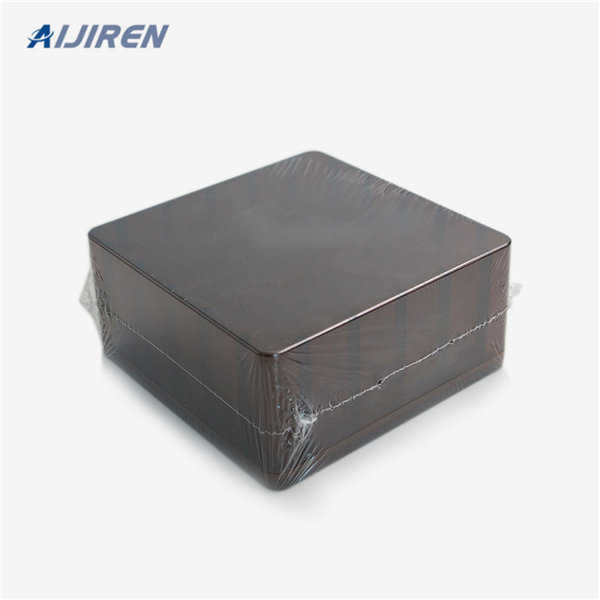
Product # Description. Add to Cart. 508675: Clear Glass, 1 Piece Crimp Vial with 0.3mL Insert, 12x32mm volume 0.3 mL, closure type, crimp top vial, clear glass vial (with insert), O.D. × H × I.D. 12 mm × 32 mm × 6 mm, pkg of 100 ea

Micro Vials with Screw thread ND9 in glass as well as polypropylene with conical & flat bottom inserts. Product Specification : Micro Vial clear glass with 0.2ml integrted insert. Micro Vial Amber glass with 0.2ml integrted insert. Micro Vial polypropylene, with integrated 0.2 mL insert, conical. Additional Information: Production Capacity

Wide Opening Crimp Top High Recovery Glass Vials (2714Q59 and S49) 1.5 mL Vials with 30 µL reservoir For sample concentration and injection without transferring to microvolume inserts. Crimp Top Vials with Fixed Inserts (2715G02) Crimp Top Extreme Recovery Vials (2714U76) Patented
.jpg)
The micro sample vial is glass with a polypropylene cap and metal foil liner. The M-T Vial File is offered with a high-recovery polypropylene 2 mL vial. The Vial File provides a compact, easily accessible means of sample storage. The vials are stored
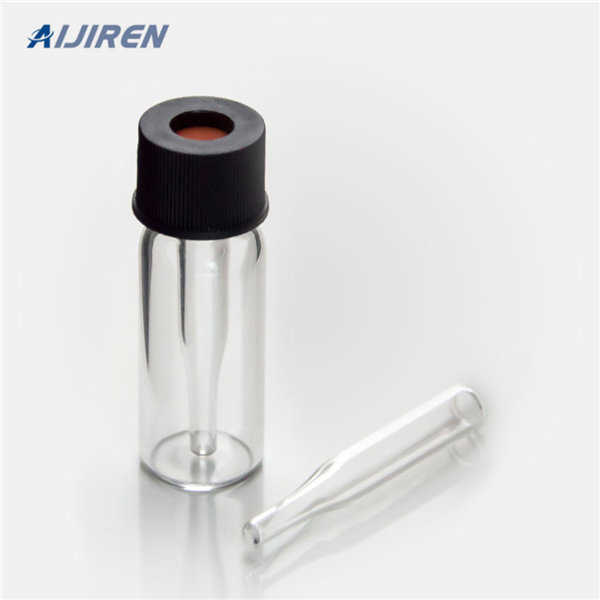
It is the vial to condense with the form of cone and the capacity of cone part is 35μL(0.035mL). Because the bottom is form of cone, it is the design to maximize the sample collection and to minimize the dead volume. Because it is possible to put small amount sample in and out, the micro insert tube is unnecessary.